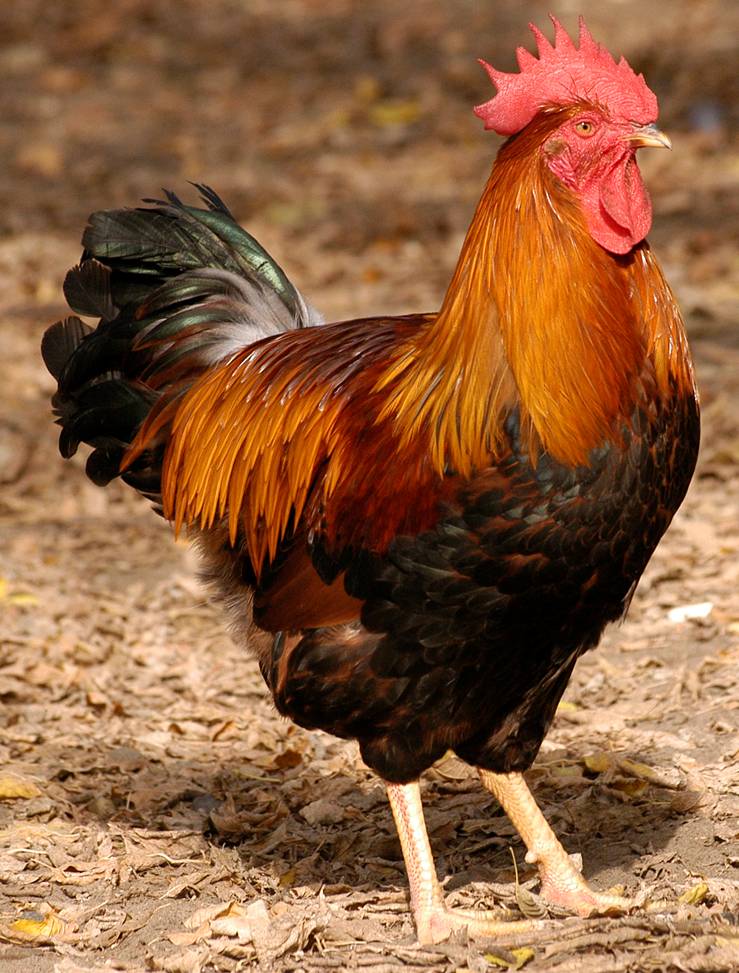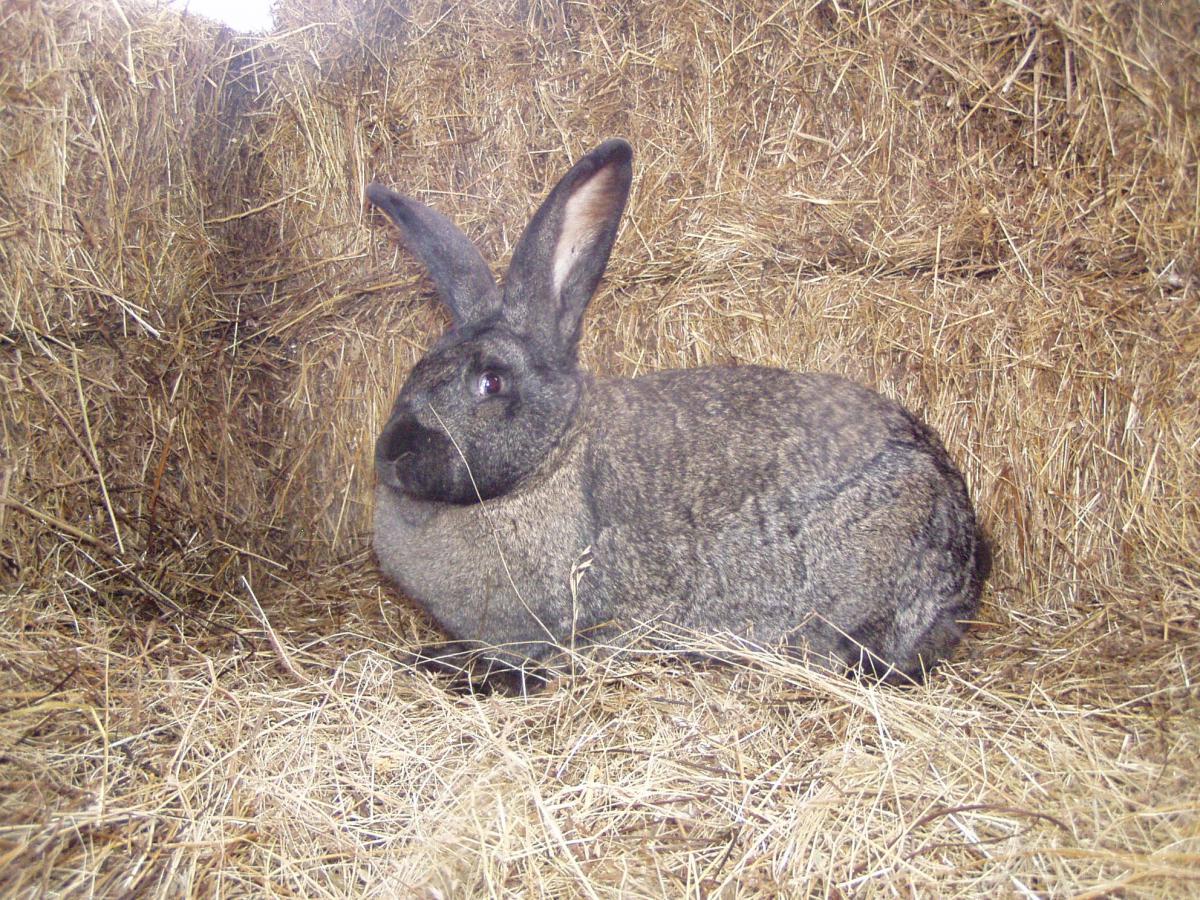
The aim of our project was to develop new, semi-intensive – free range – genotypes and keeping and breeding technologies, those are suitable for production of special quality products even in certified ecological farming systems. Chicken, turkey and rabbit species and fish production are also involved to the project.
(AGR_PIAC_13) 01/12/2013 - 30/05/2016
Awarded support: 208.307.500 HUF
Project leader: Dr. László Bódi
Participants from part of Centre for Farm Animal Gene Conservation: Ildikó Barta, Ferenc Megyeri, Dr. Mária Kovács-Weber, SzIU MSc students: Árpád Drobnyák, Dániel Varga



Among poultry species the most intensive, specified, high production genotypes can be found in chicken and turkey. That is why serious (meat) quality problems are most prevalent in these two species. Semi intensive genotypes with low growth rate already exist for free range keeping with better quality. The adaptation of poultry to the ecological (climatic) conditions is very important in free range farming. It is evident that the most appropriate genotypes might be the local (i.e. Hungarian) breeds and/or their crosses from this point of view.
An important aim of the project is reinvolving old Hungarian (considered as national treasures) poultry breeds in production – in addition improving security of their gene conservation. As these breeds have been adapted to Hungarian ecological conditions during a long period, their crosses can be more suitable for free range farming then other commerce, free range genotypes, additionally their products will be similar to traditional Hungarian “Hungarikum” products. Accordingly product quality examinations are relevant parts of the project. Examination of crumbed chicken (slaughtered at 10 weeks of age or later, 1 kg live weight) is a further novelty, as this product is Hungarikum, and is not known in western countries, where similar researches were held.
Intensive technologies of rabbit production is typical in significant rabbit producer European countries, thus in Hungary. Most important markets of rabbit meat (Switzerland and Germany) require high animal welfare parameters, and requirements are more and more rigorous from other production aspects as well (e.g. medication). Special consumer demands (e.g. colour rabbit) are also established. Significant demand and widening marketing potential can be observed – besides intensive rabbit products – for colour, less intensive rabbit genotypes kept under semi-intensive conditions with more moving abilities and less intensive feedstuff. In the project we use Hungarian Giant rabbit for developing colour rabbit genotype, this way we should enhance the safety of the conservation of this breed – besides elaboration of a new product.
Fish market demand alters to better meat quality products with less fat, so increasing of the ratio of Hungarian predator fish species production is necessary. Pikeperch (zander) is one of most valuable fish species. Currently establishing of intensive pikeperch with high investment is uneconomic in consequence of market conditions. Semi intensive production system should be the resolution with less sensitive fish with the same meat quality as pikeperch and is adaptable for fish pond conditions and consume mixed feed. Pikeperch and Volga pikeperch does not hybridise in the nature. Hungarian researchers hybridised the two species and reared the offspring in laboratory first on the world, and measured some economically important parameters of the hybrid. One of the most important results of examination was that hybrid can be adapted to mixed feed with higher efficiency than pikeperch. As hybrid combine good features of two species (easier rearing than pikeperch with higher body weight gain), it might become a new, economically important product.